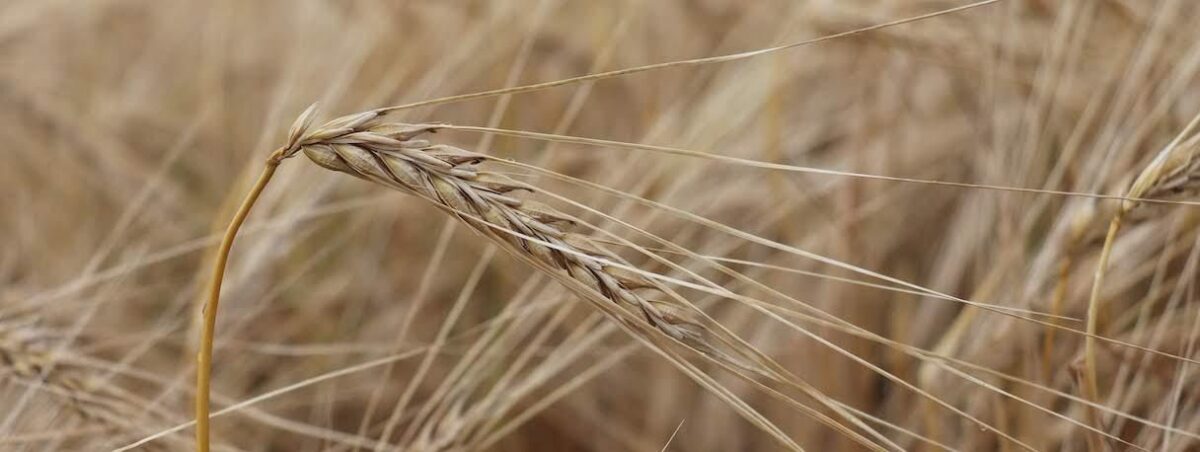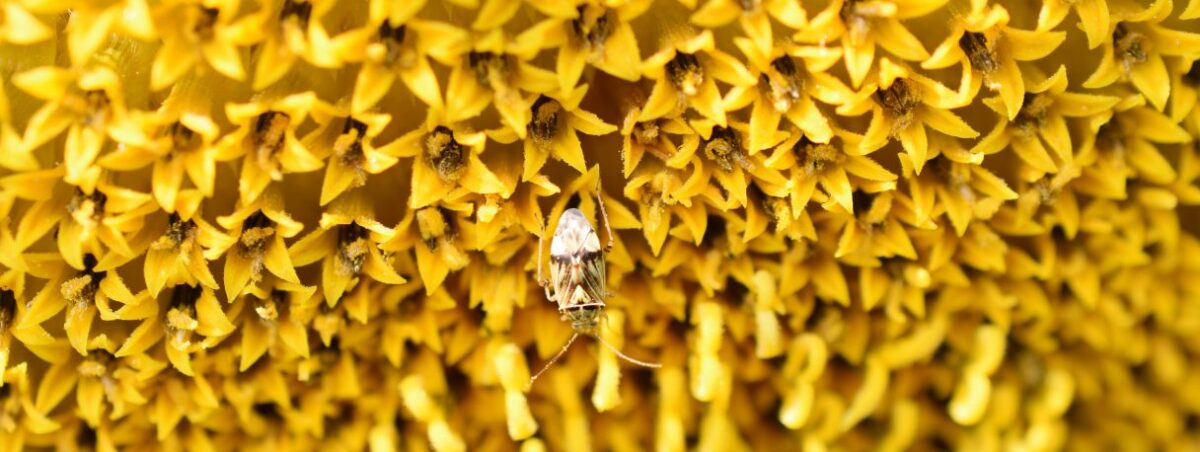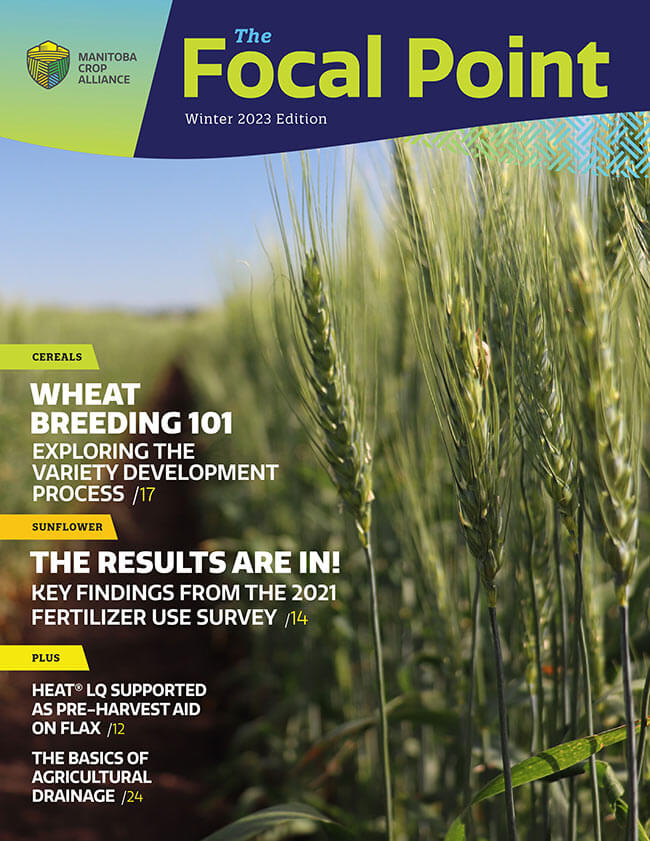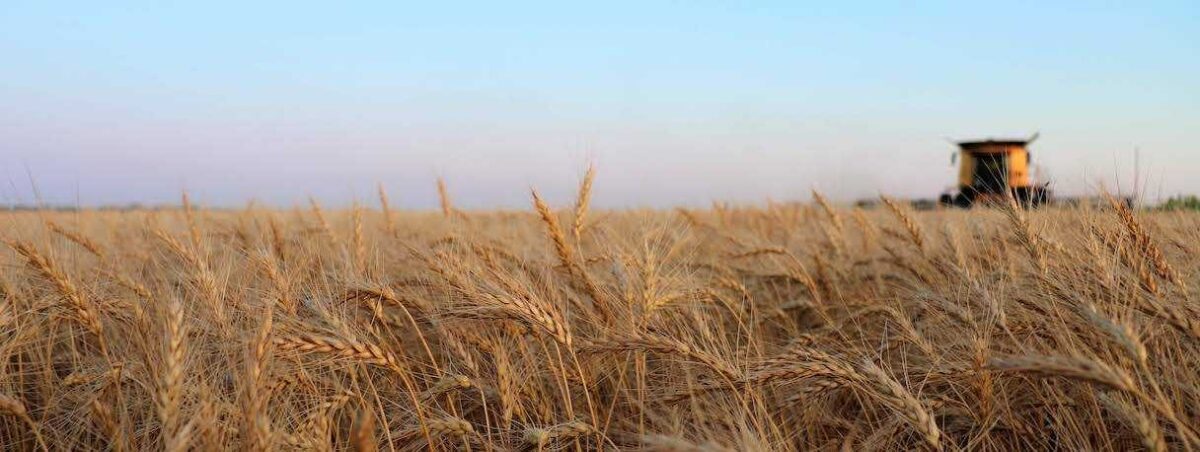Belay Ayele, professor in the Department of Plant Science, University of Manitoba

Meet a Researcher – Belay Ayele, professor in the Department of Plant Science, University of Manitoba
Belay Ayele grew up in Ethiopia and completed his educational training around the globe. He earned his master’s degree in seed physiology at Wageningen Agricultural University in the Netherlands and his PhD was focused on plant hormone physiology at the University of Alberta. He then moved to RIKEN Plant Science Center in Yokohama, Japan, as a postdoctoral fellow to enhance his background knowledge and training in plant hormones. After Japan, he completed a second postdoctoral training at Iowa State University, before joining the University of Manitoba (U of M) as a professor in the Department of Plant Science.
He currently lives in Winnipeg and enjoys watching sports, including soccer and tennis, in his spare time.
What got you interested in this area of work?
Everything starts from the seed. During my master’s studies, I was curious about seeds – in particular, seed physiology and how that affects the eventual productivity and quality of all crops. If we make the seeds better, can we have better yield? If so, how can we achieve this goal? That is where my curiosity started.
I am interested in plant hormones, plant-produced compounds that control every aspect of crop growth and developmental processes, one way or another.
Tell us a bit about what you’re working on at U of M.
My research here at the U of M funded by Manitoba Crop Alliance and other funding partners is mainly focused on two areas: pre-harvest sprouting (PHS) and lodging in wheat and barley. My research also investigates abiotic stresses in cereal crops.
There are around nine different forms of plant hormones. These compounds are produced in plants at a very small concentration, but they are critical, as they control a wide range of the crop’s growth and developmental processes, as well as its interaction with environment, which ultimately influence yield and quality. We are studying these plant hormones – mainly how to fine-tune their levels in crops by controlling their production and degradation. Fine tuning their levels is pivotal to enhance the productivity of crops and their performance under a variety of stress conditions, such as drought, excess moisture, salinity, heat, etc.
With respect to PHS, our study is focused on two of those plant hormones, as they are major regulators of seed dormancy and germination. They are called gibberellin and abscisic acid. Gibberellin enhances germination and abscisic acid promotes dormancy. The balance between these two hormones is the critical regulator for the seed to germinate/sprout under field conditions after maturity when there is rain or high humidity and cool temperatures.
As for lodging, when severe, it can cause up to 80 per cent yield loss. We are looking at questions like what makes the plant grow excessively/attain excessive plant height? How can we control that excessive growth/plant height? The main factor that controls plant height or stem elongation in plants and consequently causing lodging is gibberellin.
Using this knowledge, we are working on increasing the mechanical strength of the stem and inhibiting the excessive elongation of the internodes, especially the lower internode as lodging usually occurs around the lower internodes.
The main objective of this area of my research is to generate genes or molecular markers that can be used by breeders to facilitate the development of pre-harvest sprouting or lodging-resistant wheat varieties.
In addition to research, I teach crop physiology courses at both the graduate and undergraduate level. I provide research training to students who will become future scientists.
What can you say about the value of farmers providing funding and support to your organization?
This support is critical, as it advances our research and our discovery of solutions. Eventually, the results of our work will be used to mitigate some of the problems farmers are facing and will contribute to saving or maximizing their income. We are addressing problems and finding solutions to enhance the productivity of cereal crops on the farm.
Because of this funding, I can explore new knowledge, make new discoveries and develop new molecular tools or genomic tools that will help mitigate the problems that farmers are facing. At the same time, I train students who become our next generation of scientists and industry leaders in agriculture.
How does that farmer funding and support directly benefit farmers?
Our focus is to generate molecular or genomic tools that will help breeders speed up the development of new varieties that are resistant to pre-harvest sprouting, resistant to lodging or resistant to abiotic stress factors. Our work will have important contributions in providing farmers with more varietal choices.
How do you celebrate agriculture?
We celebrate in the classroom by teaching the students about plant hormones and their role in agriculture. That is part of the celebration for me: trying to share what I learn, what I do in my research and the results I generate from my research program. In addition, my students go and teach ag in the classroom at high schools and junior high schools, and we participate in farm tours and conferences to present our findings.
What are you excited about for the future of agriculture?
I think what is exciting is with the current advances in agricultural technologies like genome sequencing, we have more tools and resources available. Year to year, they are being updated and advanced, helping trim the time it takes to produce tangible results. So, I think the future of breeding and finding genomic and molecular tools will be faster than ever. The availability of advanced technologies and the resources generated by these technologies are exciting.







 March 1, 2023 (Carman, MB) – Manitoba Crop Alliance (MCA) is now accepting applications for the 2023 Advance Payments Program (APP), with funds to be issued starting April 1, 2023.
March 1, 2023 (Carman, MB) – Manitoba Crop Alliance (MCA) is now accepting applications for the 2023 Advance Payments Program (APP), with funds to be issued starting April 1, 2023.







